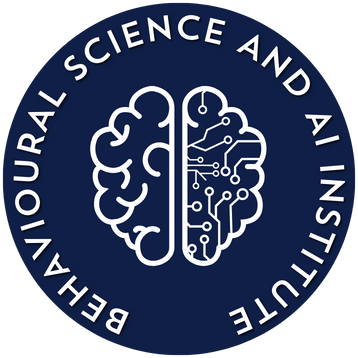The integration of behavioural sciences and artificial intelligence (AI) in the utilities sector—especially energy and water—offers transformative potential for addressing sustainability challenges and improving operational efficiency. Based on the reviewed documentation, the following benefits emerge:
1. Enhanced Consumer Engagement and Behaviour Change
Behavioural sciences provide frameworks, such as the SHIFT model (Social influence, Habit formation, Individual self, Feelings, and Tangibility), that leverage psychological principles to encourage sustainable consumption. Applications in the utilities sector include:
- Social norms-based interventions: Studies have shown that feedback mechanisms comparing household consumption to neighbors (e.g., via eco-feedback) can reduce energy and water usage by 1.8% to 4% in trials. For instance, UK households using water eco-feedback reduced consumption significantly during active interventions.
- Habit Formation: Interventions targeting long-term changes, such as energy-efficient appliances or setting sustainable defaults (e.g., automatic enrollment in renewable energy plans), make sustainable actions easier and more automatic.
2. Optimized Resource Use through AI
AI complements behavioral insights by offering:
- Predictive Analytics: AI systems can analyze consumption patterns to predict peak usage times and tailor recommendations for conservation.
- Personalized Feedback: Machine learning can provide customized recommendations, enhancing the relevance and effectiveness of interventions (e.g., specific tips based on user history).
- Real-Time Monitoring: Smart meters combined with AI can track and report anomalies in resource use, allowing for timely interventions.
3. Economic and Environmental Gains
- Cost Savings for Consumers and Providers: Behavioural interventions reduce waste and inefficiencies, lowering utility bills and operational costs. For example, targeted energy conservation programs align with customer preferences while reducing grid strain.
- Reduction in Environmental Impact: Decreased consumption translates directly to less strain on natural resources, reduced carbon emissions, and enhanced sustainability.
4. Addressing Barriers to Sustainable Behaviours
Behavioral sciences and AI address challenges such as:
- Overcoming the Attitude-Behavior Gap: Consumers often express support for sustainability but fail to act accordingly. Techniques like injunctive norms (e.g., visual symbols of approval) and AI-driven reminders help bridge this gap.
- Scaling Interventions: AI enables broader application of successful behavioral programs by automating feedback and continuously learning from user interactions.
Conclusion
The synergy of behavioural sciences and AI holds immense promise for the utilities sector. By influencing consumer habits and optimizing resource use, these technologies contribute to sustainability, cost-efficiency, and consumer satisfaction. As these approaches scale, they are likely to play a critical role in achieving global environmental and operational goals.
